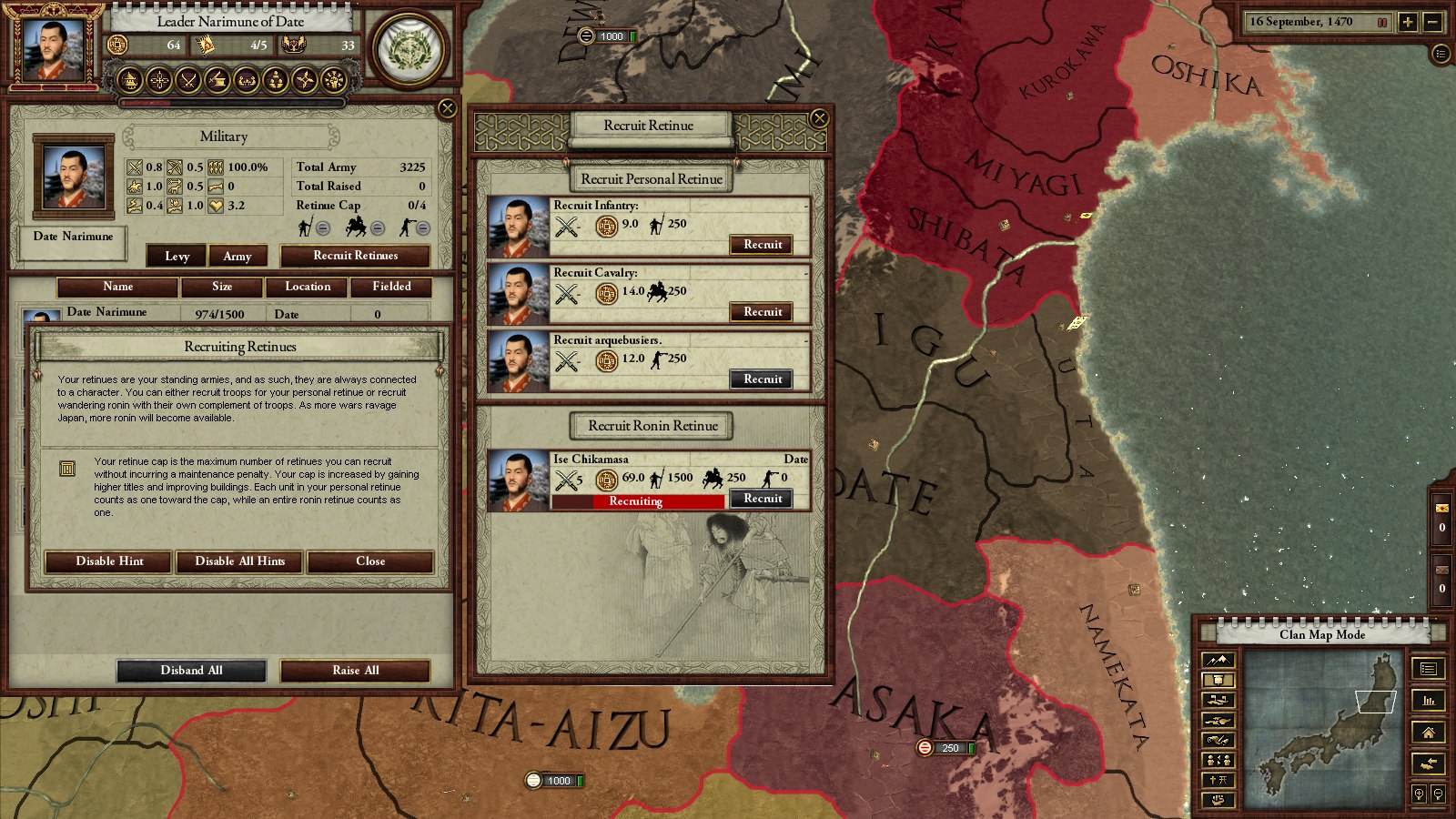

Even names like Anthony, Charles, and Edmund have meanings it is just that they are lost on most people who don’t know the original languages of the names and their original forms.

These are names the Japanese can relate to they have a meaning in our lingua franca, English. Consider the modern English names Heather, Holly, Pearl, Felicity, and Patience. This is an unsatisfactory solution, as it does not address how to deal with era-bridging figures such as Itagaki or Saigō Takamori.Īnother thing to keep in mind is that Japanese is written with what some may consider ideographs or pictographs every element has not only a sound but a meaning. Some publishing houses maintain the multiple-personality disorder of keeping in original order “historical” names (i.e., people before the Meiji Restoration of 1868), and reversing to “Western order” those post-dating the Restoration. This is a trend slowly being reversed by magazines and newspapers in Japan, which are now starting to use the proper name order regardless of media. It is a modern oddity that even today the names of Japanese, when appearing in English, are often reversed and written in the correct order when using kanji. The first Ashikaga shōgun, Takauji, was thus Ashikaga Takauji, not Takauji Ashikaga, despite the order sometimes given his name in many Western books. The first thing that needs to be remembered about Japanese names is that the surname comes first.


 0 kommentar(er)
0 kommentar(er)
